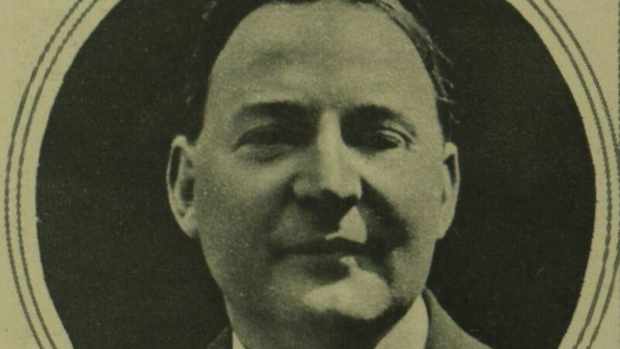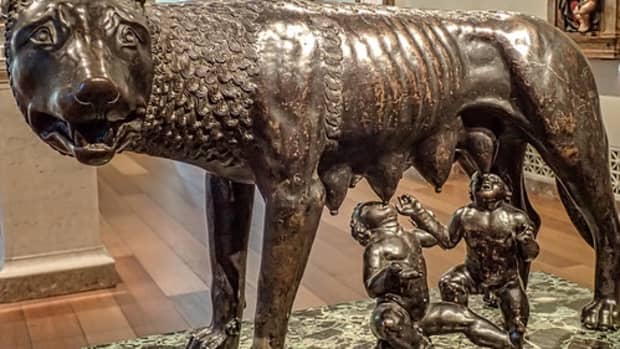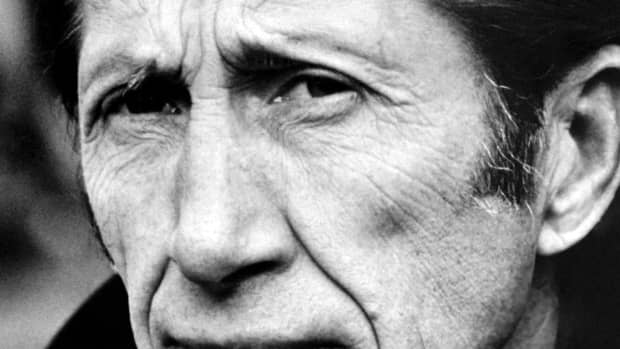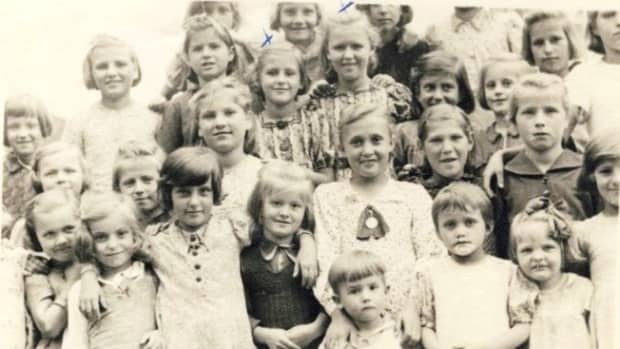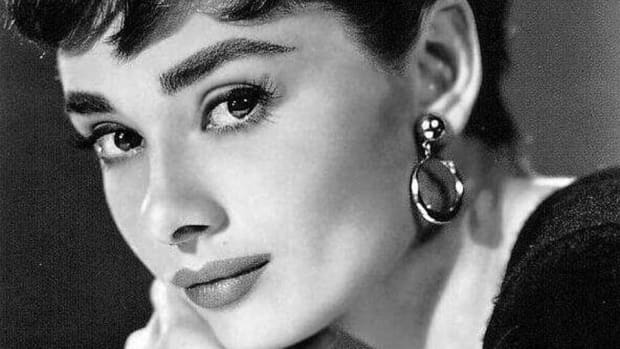Dina Sanichar: Real-Life Mowgli Who Inspired ‘The Jungle Book’

Mowgli is arguably one of the most beloved characters of the 20th century. But not many know that the legendary author Rudyard Kipling created the lovable Mowgli after getting inspired by a real feral child who lived in 19th century India.
The Feral Child: Truth or Myth?
The phenomenon of the feral child is extremely rare. Throughout the recorded history of humanity, only about 100 cases have been identified so far, with most of them proved later as hoaxes.
But when we wipe out the grime of myth, mystery, and superstition surrounding these children, there is no denying the fact that they actually existed as a rare aberration.
A feral child is defined as a “wild child” who has lived in isolation from humans and reared by wolves or other wild animals. These children have minimal to no language ability and struggle to communicate when encountering humans.
Due to this complete lack of socialization, most children struggle to adjust to human society and often run back to the wild, where they feel more belonging among the animals.
Stories of feral children often evoke a vivid romanticism among authors, due to which these children’s real lives have been intertwined with myth, folklore, superstition, and even fear over the years.
Their incredible stories have captured the public imagination simply because they exist in that unknown twilight zone of not quite human and not quite animal. Some people even call mythical beasts like Bigfoot, Skoocooms, and Yeti grown-up feral children who acquired a fearsome reputation.
And one such story of a feral child who became wildly popular is the lovable Mowgli. The legendary author Rudyard Kipling made a hero of Mowgli — an Indian boy raised by wolves in his timeless classic and iconic 1894 collection of stories, “The Jungle Book.”

The lovable Mowgli is one such story of a feral child who became wildly popular. The legendary author Rudyard Kipling made a hero of Mowgli — an Indian boy raised by wolves in his timeless classic and iconic, "The Jungle Book".
Every Child Loves Mowgli
"Who speaks for this cub? Among the free People who speaks?"
Perhaps this one sentence of Akela’s, the big mother wolf from The Jungle Book, tells us volumes about her fierce protectiveness toward Mowgli. She is prepared to fight until death for his acceptance into the pack.
The dialogue also demonstrates that although Jungle laws are strict and must be followed by all, there are exceptions for a human cub like Mowgli, provided he proves his unwavering loyalty.
That said, Mowgli is arguably one of the most beloved characters of the 20th century. The boy who scampers with wolves, rides a bear, and is at home in the jungle has been a delight for countless generations of kids worldwide.
Rudyard Kipling’s most famous book, The Jungle Book, in which Mowgli appears, has spawned an industry with film and fictional adaptations, numerous stage performances, and a lot of food and consumer products, from t-shirts to pen drives.
However, not many know that Kipling's Mowgli was based on the real-life story of Dina Sanichar, a feral boy who lived in the 19th century and was reared by wolves.
But his life was much more tragic than his fictional counterpart's as Dina was instead forced back into human society, into a life he could never adjust to.
The Story of Dina Sanichar
In 1872, a group of hunters walking through a dense forest in Bulandshahr in Uttar Pradesh, India, encountered a strange sight.
They saw a pack of wolves running through the forest, followed by a human figure walking on all fours. The hunters lit a fire, shooed the wolves away, and captured the human child. They brought the child to a nearby orphanage run by Father Erhardt. The missionaries baptized him and gave him the name Sanichar which means Saturday, the day he was brought to the orphanage.
Right from the day he was brought in, Father Erhardt knew he was unlike any other human child. Dina struggled in his new life as normal activities done by humans seemed extraordinarily alien to him.
Despite multiple attempts by those around him to teach him how to talk, he could never learn to speak except by making a few grunting noises. He would only communicate by making animal sounds when hungry or thirsty.

Dina Sanichar - Inconnu. Photographie provenant d'un journal en Inde.
Original conservé à Sikandra, Public domain, via Wikimedia Commons
Dina Was Different
He had an aversion towards cooked food and preferred raw meat and gnawing on the bones later for hours together. He did not like to wear clothes and would tear them off at the first opportunity.
It took a lot of effort for the teachers to finally make him walk on two feet and wear pants and shirts during the two decades he lived among people. He also learned to eat from a plate but would always have the habit of sniffing his food before eating. He could also never develop a taste for anything that is not raw meat.
But despite all these slow improvements, he was never at ease staying among humans. His best friend was another wolf child who was captured sometime later. According to Father Erhardt, they both had a “strange bond of sympathy” for one another, even teaching the other how to drink liquids out of a cup.
Perhaps Dina’s discomfort with humans echoes Mowgli’s thoughts when he famously said.
“The more I learn what is a man, the more I want to be an animal.”

Extracted from File: Sanichar the wolf boy of India .. (IA lanicharwolfboyo00ferr).pdf Unknown author
https://upload.wikimedia.org/wikipedia/commons/0/03/Dina_Sanichar_face_study.jpg
Dina Could Never Adjust to Human Society
One bad human habit that Dina picked up was smoking. He became addicted to it and became a chain smoker. Some believe that the habit eventually killed him. Dina died in 1895 from tuberculosis at the age of 34 years.
Unlike Mowgli, Dina’s life was not one of fun and frolic, as depicted. Dina did not leave the jungle willingly but was forced to do so. Even after decades of staying with humans, he could never really meet the expectations of the people around him and be a “real” human. He was always anxious, clumsy, and never at ease in the company of humans.
Dina was mentally and psychologically bound to the jungle, and no amount of human rewiring could take the jungle out of him. He remained an oddity throughout life, staying in the blurry twilight between civilization and wilderness.
Sources
- Mathur, Priyanshi. (2018). Meet The Real-Life Mowgli - Dina Sanichar, Who Was Raised by A Pack of Wolves. Indiatimes.
- Brinkhof, Tim. (2023). The Short, Sad Life Of Dina Sanichar, The Feral Boy Who May Have Inspired 'The Jungle Book.' Allthatsinteresting.
- Smith, Laura. (2017). Raised by wolves, this Indian boy was found wandering in the wilderness as a six-year-old. Timeline.
- DNA Web Team. (2023). Meet Dina Sanichar, real-life Mowgli who inspired The Jungle Book, neither spoke nor wore clothes, and ate raw meat. DNA.
- Radford. Benjamin. (2013). Feral Children: Lore of the Wild Child. LiveScience.
- Margaritoff, Marco. (2022). From The ‘Real-Life Mowgli’ To The ‘Human Pet,’ Learn the Bizarre Stories Of 9 Feral Children from History. allthatsinteresting.
- DeGiglio, Peter. (2023). Top 5 Facts About Feral Children. WatchMojo.
This content is accurate and true to the best of the author’s knowledge and is not meant to substitute for formal and individualized advice from a qualified professional.
© 2023 Ravi Rajan

